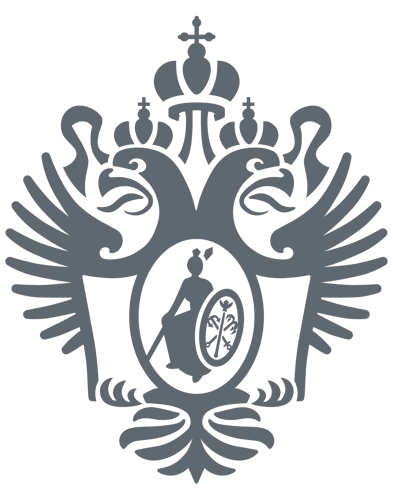Flow cytometry includes complex of methods:
- 1. Cell analysis:
- -Identification of populations and subpopulations of cells by analysis of cell surface and cytoplasmic antigens
- -Analysis of functional conditions of cells (mitochondrial potential, intracellular Ca2+, pH) using ratiometric dyes (FDA, DiOC1, JC -1, etc.)
- -Analysis of functional conditions of cells using specific antibodies against phosphorylated and dephosphorylated forms of proteins
- -Multiparametric analysis of different samples
- -Cell cycle analysis including DNA analysis of live and fixated cells
- -Kinetic Measurements of cellular processes (cell membrane disruption, enzyme activity)
- -Analysis of apoptotic cell death mechanisms and stages
- -Flow cytometry analysis of phagocytosis
- -Molecular-genetic analysis including of single chromosome analysis
- -Chromosome karyotype study using fluorescent probes
- 2. Cell sorting:
- -Gating- based sorting up to 4 populations simultaneously
- -Rare cell sorting
- -Single cell sorting into cultural or PCR plates
Literature and sources:
Michael Brown and Carl Wittwer. Flow Cytometry: Principles and Clinical Applications in Hematology. Clinical Chemistry. August 2000 vol. 46 no. 8 1221-1229



